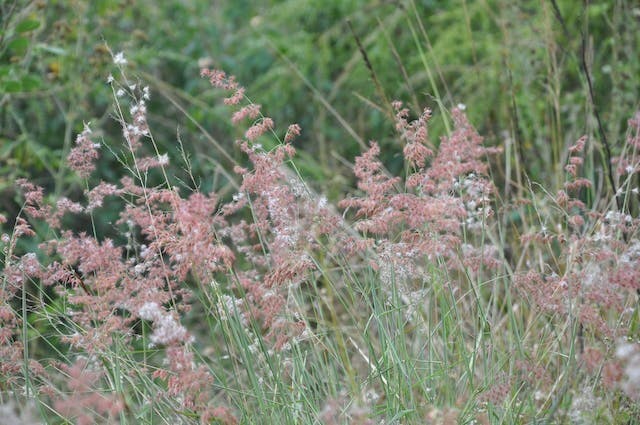
Invasive non-native species management
Invasive non-native species can have dramatic, detrimental impacts on natural ecosystems.
The effects of invasive plants and animals are well-documented and in the Everglades Headwaters at and around Archbold include overtopping and killing of trees by Old World Climbing Fern vines, destruction of pasture and wetland vegetation by feral hogs, and displacement of native plants by aggressive shrubs and grasses such as Brazilian Pepper, Cogon and Natal grasses. Even fire regimes can be greatly affected by invasive plants where they carry or retard fire in ways that invaded native communities don't.

.jpg&w=3840&q=75)

Intensive, consistent effort is needed to control these species and reduce their impact. Our land management staff treat invasive plants with herbicide, clipping, mowing, and fire. The good news appears to be that the xeric scrub communities of the Lake Wales Ridge are not as susceptible to invasive plants as the more mesic communities that lie to the east and west of the Ridge. Thus, the most intact Florida Scrub at Archbold requires less intensive management than disturbed areas of scrub and the Ridge slope and Headwaters pastures, grasslands, and wetlands.

Emerging invasive animal threats that threaten wildlife populations at Archbold and surrounding sites include Argentine Tegus and Burmese Pythons. We use motion-triggered cameras and train staff to be on the lookout for signs of these and other new invaders.
Archbold also partners with the Lake Wales Ridge Ecosystem Working Group and the Heartland Cooperative Invasive Species Management Area to share our expertise and learn from others' experience managing invasive species.